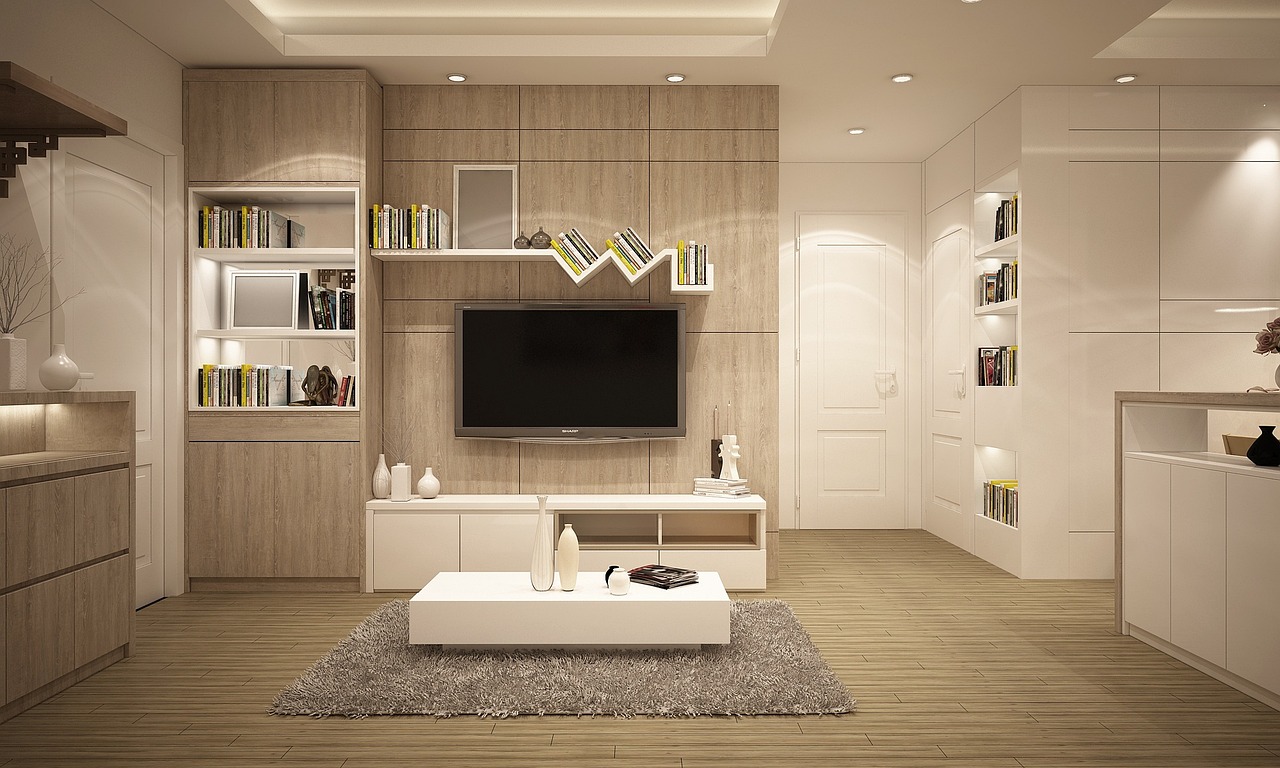Linoleum flooring is experiencing a remarkable renaissance in today’s eco-conscious world, shedding its outdated reputation to emerge as a premium sustainable flooring option. Made from natural materials including linseed oil, pine resin, cork dust, and jute backing, linoleum appeals to homeowners seeking healthier living environments. This article explores the numerous benefits of linoleum flooring, from its impressive durability and vibrant design options to its impeccable environmental credentials. We’ll uncover why this classic flooring material deserves serious consideration in contemporary home design and renovation projects.
The History and Composition of Linoleum
While many confuse vinyl with linoleum, the latter has a rich history dating back to the 1860s when Englishman Frederick Walton patented the first linoleum. Unlike synthetic alternatives, linoleum is composed entirely of natural flooring materials: linseed oil (extracted from flax seeds), pine resins, cork dust, wood flour, limestone dust, and pigments, all pressed onto a jute backing. This composition makes linoleum one of the most eco-friendly flooring durable options available today. The manufacturing process involves minimal chemical additives, creating a product that’s biodegradable and produces no toxic offgassing, contributing to healthier indoor air quality compared to petroleum-based flooring alternatives.
Environmental Credentials: A Sustainable Linoleum Review
Today’s environmentally conscious homeowners find much to appreciate in linoleum’s impressive sustainability profile. With a lifespan that can extend beyond 40 years with proper care, linoleum outlasts many other flooring options, reducing the need for frequent replacements. Leading manufacturers like Forbo Flooring (Marmoleum) and Armstrong have enhanced their sustainable linoleum review standings by implementing closed-loop manufacturing systems that minimize waste and energy consumption. Linoleum is completely biodegradable at the end of its lifecycle, and many manufacturers now offer take-back programs to ensure proper recycling. Additionally, linoleum’s natural antimicrobial properties come from linseed oil, which continues oxidizing throughout the product’s life, making it inherently resistant to bacteria without chemical treatments.
Durability and Performance Benefits
Among the most compelling linoleum flooring benefits is its remarkable resilience. When properly installed and maintained, linoleum can last 30-40 years or more, making it an economical long-term investment. It stands up admirably to heavy foot traffic in busy households and commercial settings, resisting indentations from furniture while maintaining its appearance. Linoleum’s elasticity provides subtle cushioning underfoot, making it more comfortable to stand on for extended periods compared to harder flooring materials like tile or stone. This natural resilience also makes it quieter to walk on than many alternatives. Furthermore, linoleum is naturally water-resistant, though not waterproof, making it suitable for kitchens and other areas where occasional spills occur, as long as standing water is promptly removed.
Design Versatility: Beyond Beige
One of the most exciting developments in modern linoleum is the explosion of available colors and patterns, transforming this traditional material into a designer’s dream. Contemporary colorful resilient flooring options in linoleum include vibrant solids, subtle marbled effects, and complex patterns that can complement any interior design scheme. Unlike printed vinyl that wears away over time, linoleum’s colors run throughout its thickness, maintaining their vibrancy as the material ages. Advanced manufacturing techniques now allow for custom inlays and borders, enabling truly personalized floor designs. This design versatility challenges the misconception that eco-friendly materials must sacrifice style for sustainability.
Installation and Maintenance Considerations
Professional installation is generally recommended for linoleum to ensure longevity and optimal performance. AskHomey can connect you with experienced linoleum installers who understand the specific requirements of this material. Proper installation includes ensuring a perfectly smooth subfloor, as any imperfections may eventually telegraph through the material. After installation, linoleum requires a period of curing and should be sealed to enhance its water resistance. Daily maintenance is straightforward, requiring only regular sweeping and occasional damp mopping with mild, pH-neutral cleaners. Unlike some flooring options, linoleum doesn’t require harsh chemicals for cleaning, which further enhances its eco-friendly profile. While linoleum does need periodic resealing (typically every 2-5 years depending on traffic), this simple maintenance step significantly extends its lifespan.
Cost Considerations and Long-Term Value
While linoleum’s initial cost typically exceeds that of vinyl and some laminates, a comprehensive cost analysis should consider its exceptional longevity. Premium linoleum generally ranges from $4-$8 per square foot for materials, with professional installation adding approximately $3-$5 per square foot. When this cost is spread across decades of service, linoleum often emerges as more economical than cheaper alternatives requiring frequent replacement. Additionally, many homeowners find value in linoleum’s health benefits, including its hypoallergenic properties and contribution to better indoor air quality. As energy-efficient homes become increasingly airtight, the importance of non-toxic flooring materials like linoleum continues to grow, potentially increasing property values for environmentally conscious buyers.
For more tips and to connect with reliable home service professionals, follow AskHomey on Facebook and Instagram.



